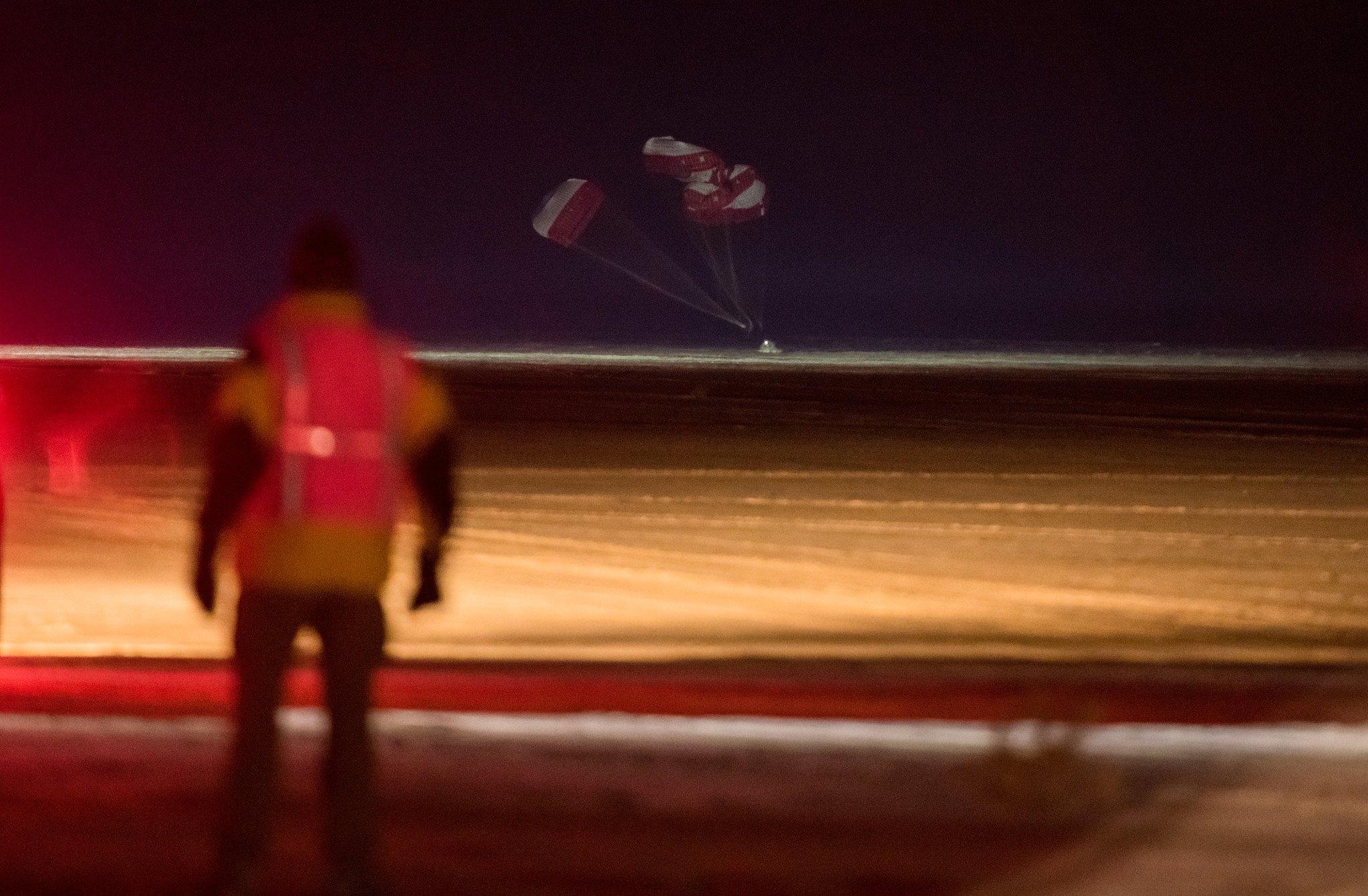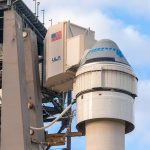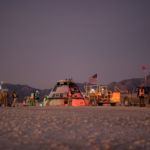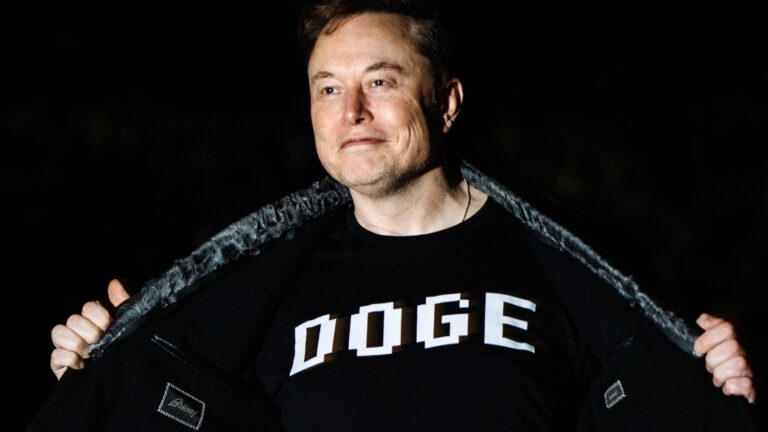On Friday, during a detailed, 75-minute briefing with reporters, a key Boeing spaceflight official sought to be as clear as possible about the company's troubles with its Starliner spacecraft.
After an uncrewed test flight in December of the spacecraft, Boeing "learned some hard lessons," said John Mulholland, a vice president who manages the company's commercial crew program. The December mission landed safely but suffered two serious software problems. Now, Mulholland said, Boeing will work hard to rebuild trust between the company and the vehicle's customer, NASA. During the last decade, NASA has paid Boeing a total of $4.8 billion to develop a safe capsule to fly US astronauts to and from the International Space Station.
At the outset of the briefing, Mulholland sought to provide information about the vehicle's performance, including its life support systems, heat shield, guidance, and navigation. He noted that there were relatively few issues discovered. However, when he invited questions from reporters, the focus quickly turned to software. In particular, Mulholland was asked several times how the company made decisions on procedures for testing flight software before the mission—which led to the two mistakes.
He struggled to answer those questions, but the Boeing VP said the reason was not financial. "It was definitely not a matter of cost," Mulholland said. "Cost has never been in any way a key factor in how we need to test and verify our systems."
Two software errors
The first software error occurred when the spacecraft captured the wrong "mission elapsed time" from its Atlas V launch vehicle—it was supposed to pick up this time during the terminal phase of the countdown, but instead it grabbed data 11 hours off of the correct time. This led to a delayed push to reach orbit and caused the vehicle's thrusters to expend too much fuel. As a result, Starliner did not dock with the International Space Station.
The second error, caught and fixed just a few hours before the vehicle returned to Earth through the atmosphere, was due to a software mapping error that would have caused thrusters on Starliner's service module to fire in the wrong manner. Specifically, after the service module separated from the capsule, it would not have performed a burn to put the vehicle into a disposal burn. Instead, Starliner's thrusters would have fired such that the service module and crew capsule could have collided.





 Loading comments...
Loading comments...
